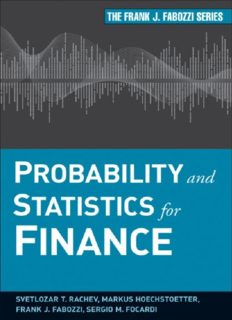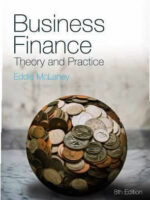Introduction
It is no surprise that the natural sciences (chemistry, physics, life sciences/ biology, astronomy, earth science, and environmental science) and engineering are fields that rely on advanced quantitative methods. One of the toolsets used by professionals in these fields is from the branch of mathematics known as probability and statistics. The social sciences, such as psychology, sociology, political science, and economics, use probability and statistics to varying degrees.
There are branches within each field of the natural sciences and social sciences that utilize probability and statistics more than others. Specialists in these areas not only apply the tools of probability and statistics, but they have also contributed to the field of statistics by developing techniques to organize, analyze, and test data.
Let’s look at examples from physics and engineering (the study of natural phenomena in terms of basic laws and physical quantities and the design of physical artifacts) and biology (the study of living organisms) in the natural sciences, and psychology (the study of the human mind) and economics (the study of production, resource allocation, and consumption of goods and services) in the social sciences. Statistical physics is the branch of physics that applies probability and statistics for handling problems involving large populations of particles. One of the first areas of application was the explanation of thermodynamics laws in terms of statistical mechanics.
It was an extraordinary scientific achievement with far-reaching consequences. In the field of engineering, the analysis of risk, be it natural or industrial, is another area that makes use of statistical methods.
This discipline has contributed important innovations especially in the study of rare extreme events. The engineering of electronic communications applied statistical methods early, contributing to the development of fields such as queue theory (used in communication switching systems) and introduced the fundamental innovation of measuring information.
Biostatistics and biomathematics within the field of biology include many areas of great scientific interest such as public health, epidemiology, demography, and genetics, in addition to designing biological experiments (such as clinical experiments in medicine) and analyzing the results of those experiments.
The study of the dynamics of populations and the study of evolutionary phenomena are two important fields in biomathematics. Biometry and biometrics apply statistical methods to identify quantities that characterize living objects.









Be the first to review “Probability And Statistics For Finance”